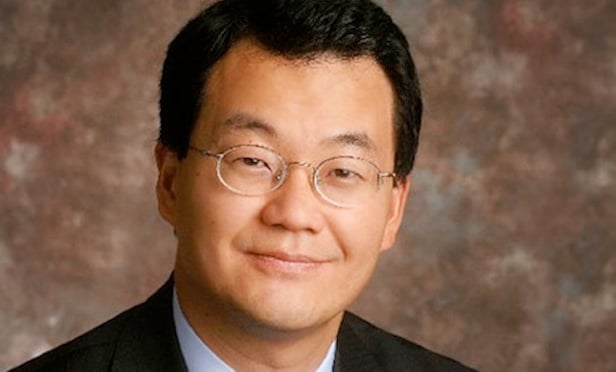
CHICAGO—The gap in pricing expectations will continue to make an impact on commercial property transactions in the coming year, the National Association of Realtors' Lawrence Yun said Friday. However, Yun told attendees at the 2017 Realtors Conference & Expo here that secondary markets will experience sustained demand and stable real estate prices.
“The commercial market should expect a standoff between buyers and sellers over price in the next year, which could lead to fewer transactions,” said Yun, chief economist with NAR. “Buyers cannot offer low cap rates because of rising interest rates, and sellers cite the strong economic climate as a reason for high prices. Furthermore, vacancy is falling, yet construction has been lagging because of worker shortages.”
Yun and JLL chief economist Ryan Severino both expressed confidence that the commercial sector should remain on an upward trajectory, though. “The economy is quite impressive and gross domestic product has grown 3% in the past quarter, despite hurricanes and other economic factors,” Yun told NAR conference attendees. “The consumer confidence index is also growing, and the nation's net worth and consumer spending are at historic levels.”
GDP is expected to grow by 2.2% for this year and to expand to 2.8% in 2018, provided that job growth remains solid and construction picks up in both residential and commercial sectors, Yun said. National office vacancy rates are forecast to remain stable over the coming year, with rents projected to grow by 2.5%. The vacancy rates for industrial and retail are expected to also remain stable with rents in the two sectors rising at 4% and 2%, respectively.
Addressing the worldwide backdrop for commercial real estate, Severino said, “Global economic growth is accelerating, and 2018 sees the world's economic trains running strongly together. Interest rates are also going up, but remain low by historic standards.”
Severino predicted a continued strong performance from all CRE sectors, but cautioned that supply will start catching up with demand. “It is important to note that commercial practitioners may be getting too comfortable with the large demand for construction and the great performance of the industrial sector,” he said. “Furthermore, the suburban market is seeing more activity compared to downtown.”
Want to continue reading?
Become a Free ALM Digital Reader.
Once you are an ALM Digital Member, you’ll receive:
- Breaking commercial real estate news and analysis, on-site and via our newsletters and custom alerts
- Educational webcasts, white papers, and ebooks from industry thought leaders
- Critical coverage of the property casualty insurance and financial advisory markets on our other ALM sites, PropertyCasualty360 and ThinkAdvisor
Already have an account? Sign In Now
*May exclude premium content© 2025 ALM Global, LLC, All Rights Reserved. Request academic re-use from www.copyright.com. All other uses, submit a request to [email protected]. For more information visit Asset & Logo Licensing.








